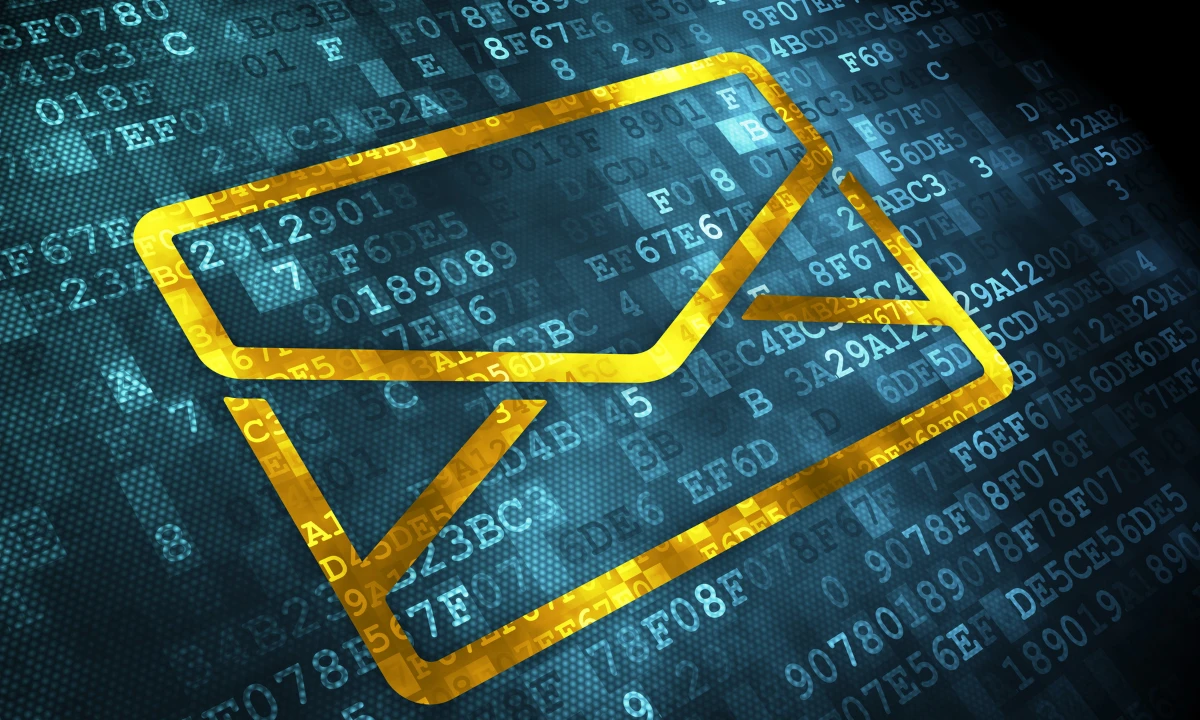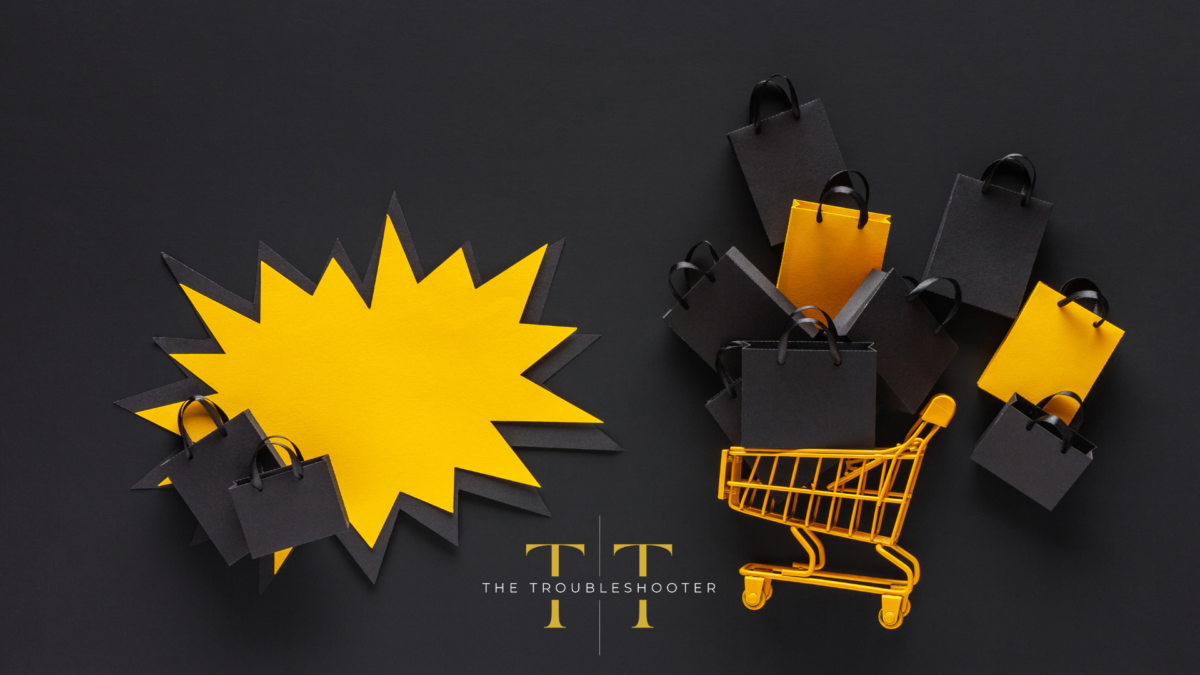
Have you ever wondered how some businesses excel in digital marketing, consistently nurturing leads, building unshakable customer loyalty, and etching their brand’s legacy in the hearts of their audience? Welcome to the realm of email marketing – a powerhouse that defies the fleeting nature of online trends and stands as an unwavering pillar of success in the marketing domain.
Imagine your inbox, a bustling hub of digital activity, filled with messages from all corners of the web, each vying for your attention. Amidst this digital cacophony, email marketing emerges as a virtuoso, a conductor directing a symphony that resonates with your audience’s desires, preferences, and aspirations. It’s the strategic force behind engagement, conversion, and loyalty, navigating the intricacies of the modern consumer’s journey. But how do you get it right, and what is right?
From the foundations of permission-based marketing to the intricate steps of creating a content calendar, crafting compelling subject lines, building customer loyalty, nurturing leads, and measuring success – each section of this guide is designed to equip you with the knowledge and strategies needed to excel in email marketing.
Ready to unlock the power of email marketing? Read on to learn more.
The Foundations of Email Marketing
To comprehend the power and potential of email marketing, we must start with the fundamentals, much like learning the alphabet before diving into literature. In this section, I’ll break down the core concepts that serve as the building blocks of successful email campaigns.
- Permission-based Marketing: Think of email marketing as an invitation-only gala. You wouldn’t gate crash an event; you’d want to be invited. Similarly, recipients should willingly subscribe to your emails, giving you their permission to communicate with them. This foundation ensures your messages are welcomed and not perceived as intrusive.
- Targeted Audiences: Effective email marketing isn’t about sending one-size-fits-all messages. It’s more like hosting a gathering with different interests and tastes. Segmenting your email list allows you to tailor content to specific groups within your audience, delivering messages that resonate with their unique preferences and needs.
- Compelling Content: Imagine your emails as compelling stories rather than dull textbooks. Engaging content is the heartbeat of email marketing. From captivating subject lines to well-crafted, valuable, and relevant messages, your content should pique curiosity, provide value, and inspire action.
- Call to Action (CTA): Consider your email as a map, and the CTA as the “X marks the spot.” It’s the point you want recipients to reach, whether it’s making a purchase, signing up for a webinar, or downloading an e-book. A clear and enticing CTA guides your recipients on their journey.
- Testing and Optimisation: Email marketing is like fine-tuning a musical instrument. You’ll need to constantly test different elements of your campaigns, such as subject lines, send times, and content, to find the perfect harmony. Optimisation based on data-driven insights ensures your emails continually improve.
- Email Analytics: Analytics is your backstage pass to understanding how your campaigns perform. Open rates, click-through rates, conversion rates – these metrics provide valuable feedback on what’s working and what needs adjustment. It’s akin to gauging the audience’s applause during a performance.
As we explore these fundamental concepts, remember that email marketing is both an art and a science. It’s about crafting messages that resonate emotionally while relying on data-driven insights to refine your approach. With these foundational principles in place, you’re well-prepared to start email marketing.
Step 1: Build and Segment Email Lists
Building and segmenting your base is not just about having a collection of email addresses; it’s about cultivating relationships, understanding individual preferences, and delivering tailored experiences.
- Quality Over Quantity: It’s not about having the largest list, but about having the right people on your list – those genuinely interested in what you offer.
- Personalisation Possibilities: Building an email list allows you to gather data on your subscribers, from their names to their preferences. With segmented lists, you can craft messages that speak directly to each group’s interests and needs. Segmenting your email list allows you to send relevant content to each group. This relevance makes your emails more valuable to subscribers, increasing the likelihood of conversions.
- Targeted Campaigns: Imagine you want to promote a summer gardening workshop. With a segmented list, you can easily target subscribers who have shown an interest in gardening-related content. This precision ensures that your campaigns reach the right audience, leading to higher conversion rates.
- Improved Engagement: Sending generic, one-size-fits-all emails is like watering your entire garden with the same amount of water. Some plants might thrive, while others wither. Segmentation ensures that each subscriber receives content that resonates with them, leading to higher open rates, click-through rates, and overall engagement.
- Better Analytics: Just as a gardener monitors the growth and health of each plant, email marketers use analytics to track the performance of their campaigns. With segmented lists, you can gain deeper insights into which groups respond best to certain types of content, enabling you to refine your strategies.
- Reduced Unsubscribes: When subscribers receive content that aligns with their interests, they’re less likely to hit the unsubscribe button. Building and segmenting your email list helps in reducing the number of people who opt out, preserving your valuable connections.
Building and segmenting email lists is the foundation of effective email marketing. It allows you to create meaningful connections with your audience, deliver tailored content, and ultimately nurture those relationships into fruitful engagements.
Step 2: Create a Content Calendar
Creating a content calendar for email marketing, while considering the sales funnel and automated emails, involves strategic planning and alignment of your content with the different stages of the funnel. Here’s a step-by-step guide to help you create an effective content calendar:
Understand Your Sales Funnel:
- Identify the stages in your sales funnel, typically including awareness, consideration, and decision.
- Determine the specific goals and actions prospects should take at each stage.
Segment Your Audience:
- Divide your email list into segments based on demographics, behaviour, interests, and funnel stage.
- Tailor your content to each segment’s needs and preferences.
Set Objectives for Each Stage:
- Define the objectives you want to achieve at each funnel stage. For example, at the awareness stage, it could be educating prospects about your brand.
Map Content to Funnel Stages:
- Create a list of content ideas that align with each stage of the funnel.
- For the awareness stage, focus on educational and informative content.
- In the consideration stage, provide content that showcases your products or services.
- Decision stage content should include persuasive content like reviews, testimonials, and special offers.
Determine Email Frequency:
- Decide how often you’ll send emails to each segment.
- Frequency may vary depending on the stage, with the decision stage potentially receiving more frequent emails.
Choose Automation Tools:
- Select an email marketing platform that supports automation, as this is crucial for sending targeted emails at the right time.
Create an Email Workflow:
- Develop a workflow for each segment that outlines the automated emails they’ll receive.
- Specify triggers for each email, such as actions subscribers take on your website.
Set a Schedule:
- Decide when automated emails will be sent. Ensure they align with your objectives and the recipient’s journey through the funnel.
Content Creation:
- Start creating the content for your emails, considering the funnel stage and audience segment for each piece.
- Include compelling subject lines, engaging copy, and clear CTAs.
Testing and Optimisation:
- Implement A/B testing for subject lines, email content, and CTAs to improve performance.
- Continually optimise your content based on the data and insights you gather.
Review and Adjust:
- Regularly review your content calendar and email performance.
- Adjust your content strategy based on the results and changing customer behaviours.
Maintain Consistency:
- Stick to your content calendar schedule to maintain consistency in your email marketing efforts.
- Consistency helps build trust with your audience.
Compliance and Privacy:
- Ensure that your email marketing practices comply with relevant laws (e.g., GDPR, CAN-SPAM).
- Respect subscribers’ privacy and preferences.
Track and Analyse:
- Monitor key performance indicators (KPIs) such as open rates, click-through rates, conversion rates, and ROI.
- Use analytics to assess the effectiveness of your content calendar and make data-driven improvements.
Iterate and Evolve:
- Email marketing is an ongoing process of refinement. Continuously iterate on your content calendar to adapt to changing market conditions and customer needs.
- Remember that your content calendar should be flexible enough to accommodate unforeseen events, seasonal promotions, and emerging trends. By aligning your content with the sales funnel and leveraging automation, you can create a well-structured email marketing strategy that nurtures leads and drives conversions effectively.
Additionally, automation tools and consistent scheduling streamline your email marketing efforts, ultimately leading to better lead nurturing and increased conversions.
Continue reading









